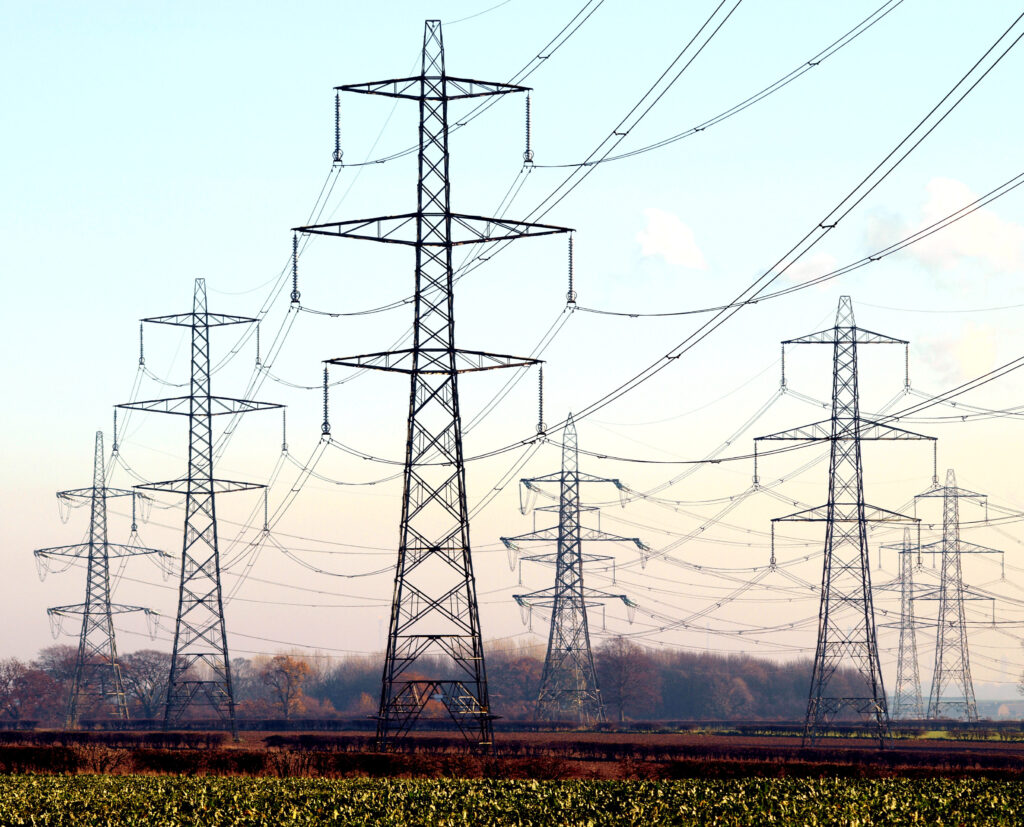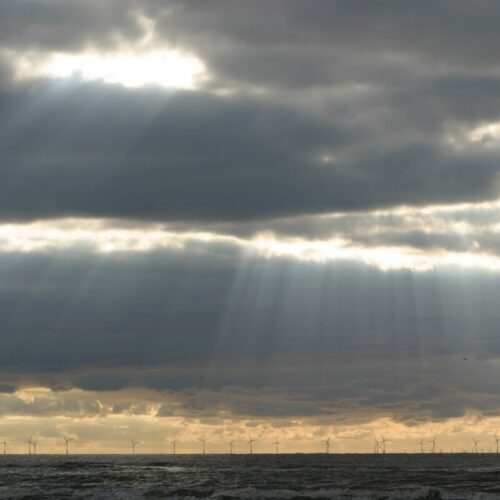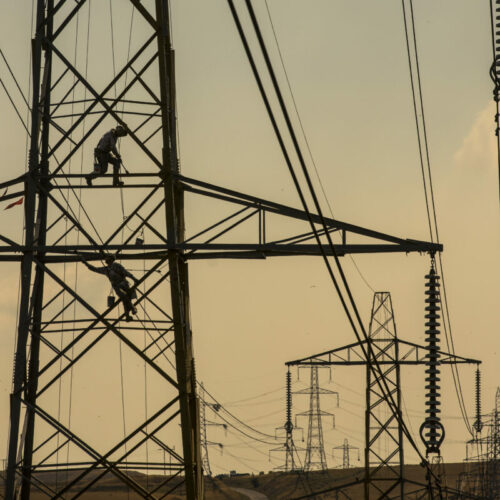It has been a tumultuous weekend for energy prices in the UK, with an unprecedented day-ahead clearing price for a Sunday of £350/MWh.
Low wind generation combined with falling temperatures drove prices up, as National Grid Electricity System Operator (ESO) turned to higher priced generation to avoid a shortfall, creating a four year high.
Prices on Sunday evening peaked at £720.41/MWh, in a “bizarre” event for a Sunday according to EnAppSys director Phil Hewitt, as demand was high compared to generation.
A Drax Electric Insights spokesperson explained that demand for power on winter days often peaks at the same time as generation from solar stops – with the peak yesterday hitting at around 17:00, not long after sunset – and that “this was the case on Sunday when supplies from wind were also very low around the peak”.
“The gap was bridged by a number of technologies coming together like pumped hydro storage, gas, biomass and interconnectors. Events like this underline that the net zero power system of the future will not just rely on one or two technologies, but a broad mix working together.”
National Grid ESO issued a Electricity Margin Notice (EMN) on Saturday 5 December for Sunday evening, which remained in place till around 13:00 on 6 December when the operator confirmed its buffer of spare capacity had been restored to a sufficient level. This was spurred by an initial predicted shortfall of 400MW between 16:30 and 19:00, with this margin halved by the Sunday morning according to an update from National Grid ESO at 10:00.
This was the second EMN issued this week, following a similar notice issued on 4 December when margin shortfall was predicted at 477MW. This was canceled shortly after by National Grid ESO, thanks to its buffer of spare electricity being “restored to an adequate level”.
These tight margins are likely to continue this week, with Monday itself proving interesting particularly in terms of interconnection with Europe. In Belgium, over-optimistic predictions for wind and solar generation caused the TSO Elia to call on tertiary reserve, having worked through both its primary and secondary options.
This caused prices to reach an “extreme” €2,250/MWh according to EnAppSys, which quickly had a knock-on impact on other markets.
“That kind of sucked volume out of the Netherlands, as it exported a lot of power to Belgium, which then made the Netherlands a bit short,” continued Hewitt. “So that then meant that when National Grid came knocking on the Netherlands’ door for interconnector power this morning, it was priced at £300/MWh, £410/MWh and eventually almost £600/MWh. So that’s driven the wholesale market in GB today, which has got quite expensive.”
These markets have remained high for the rest of the day, in an unusual move for both the markets in the Netherlands and Belgium. This could continue to impact the grid in GB, as it imports less power through the NEMO Interconnector that links Kent and Belgium this evening.
As the quantity of wind in particular on the GB grid has risen, price spikes and capacity concerns have become increasingly frequent. Similar low winds and falling temperatures to this weekend caused power prices to spike dramatically on the evening of 26 November, reaching over £300/MWh. This event also caused National Grid ESO to warn of tight margins.
The ESO put out an Electricity Margin Notice on 4 November as it predicted a shortfall of 477MW, and in September issued a Capacity Market notice warning after the margin had dropped below its 500MW threshold.
Other areas are effected by tight margins, with the Balancing Mechanism hitting £1,000/MWh on the night of 3 December as National Grid ESO sought to manage demand and generation imbalance caused by weather and variable generation, with two CCGT offers accepted at the price.
These events followed a system record set in March 2020, with prices hitting £2,242/MWh and £1,708/MWh in the early evening of Wednesday 4 March 2020. This is the first time they have topped £2,00MWh since 2001.
“These events of becoming more and more frequent, and this winter we can expect to see quite a lot of these interesting high priced days,” finished Hewitt. “There’s no risk to supply, so the lights aren’t going to go out, it’s just that we’re getting more extreme prices.”





